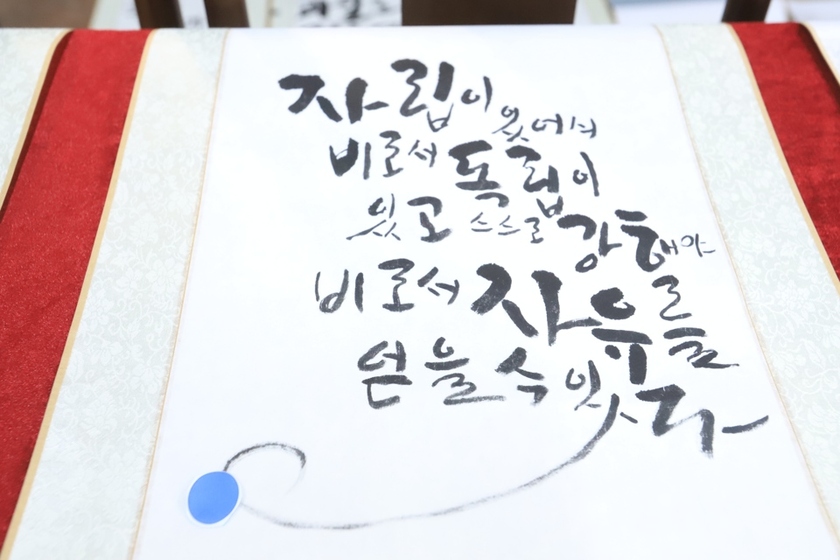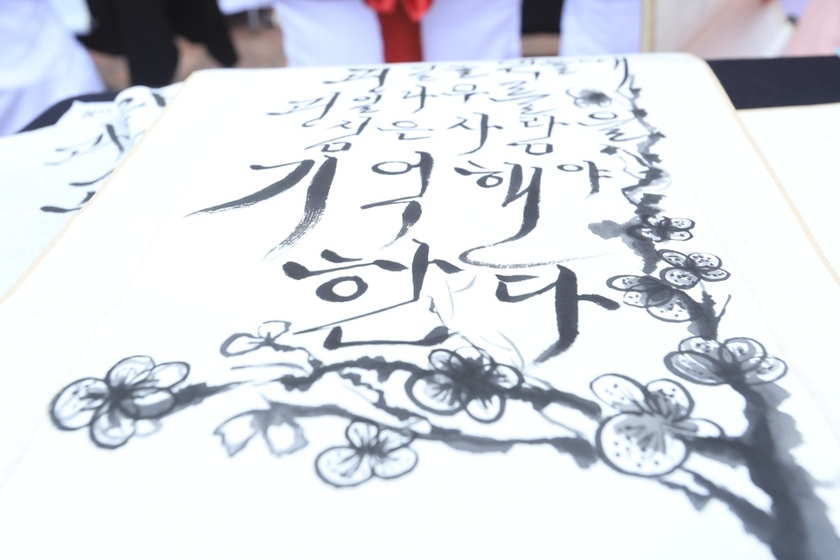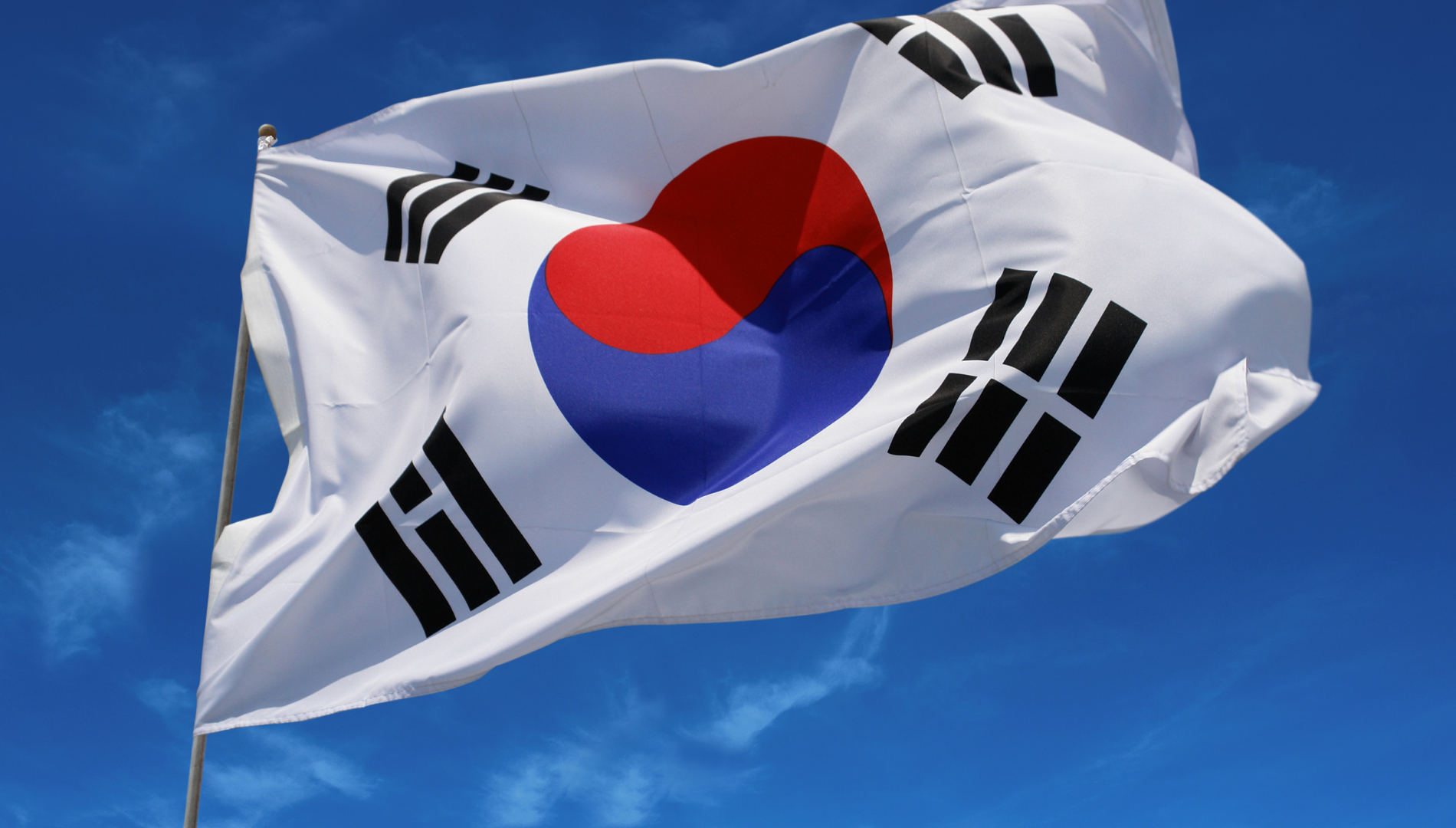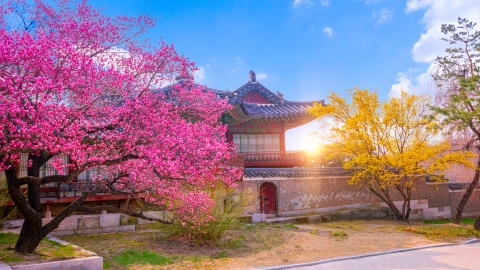In a move to preserve and promote traditional cultural values, the Korean Heritage Administration – the state agency responsible for managing, protecting and promoting national heritage values – has officially recognized Korean calligraphy as a national intangible cultural heritage. This decision marks an important milestone in the process of preserving and developing the art of calligraphy in the land of kimchi.
In parallel with the recognition, the Korean Heritage Administration is committed to implementing various scientific research programs and cultural initiatives to promote the dissemination of calligraphy to the public. Through this, the Administration hopes to raise awareness of the unique spiritual and artistic values of Korean calligraphy, and encourage the active participation of the community in preserving and promoting this precious cultural heritage.

Calligraphy (Korean name: 서예) is a traditional Korean art form of writing, it brings many emotions and profound human values.
The Korean Heritage Administration asserts that Korean calligraphy is not simply a form of writing but a comprehensive art, combining the beauty of writing, the sophistication in the use of ink and brush, along with profound knowledge of culture, history and philosophy. With the unique Hangeul alphabet, Korean calligraphy has become a cultural symbol of this country, appearing commonly in literary works, books, and even in the daily lives of the people.
Korean calligraphy involves the act of writing with ink and brush using a unique alphabet, which contains traditional knowledge. Korean calligraphy has a long history, appearing commonly in literary works, books and daily forms of word exchange.

To express works of calligraphy, the writer will use a brush, calligraphy paper, Chinese ink and inkstone. In Korea, these four items are called the Four Treasures of Writing (Korean name: 문방사우) and are often seen in the study rooms of ancient houses.
Hangeul was created in 1443 under the direction of King Sejong of the Joseon Dynasty (1392-1910). Hangeul calligraphy has been maintained to this day as an important means of recording Korean life on a variety of materials, not only limited to paper but also including metal, stone, and textiles.
What is special is that Hangeul was widely used from the royal court to the common people, in literary works and daily letters, with many different fonts and writing styles.
According to the Korean Heritage Administration, Korean calligraphy has a unique writing style and exquisite beauty that distinguishes it from neighboring countries. Currently, Korean calligraphy is being taught through various educational institutions and is expanding its scope into various fields such as media and performing arts, creating cultural diversity and expressing rich creativity.



































